The software package includes 10 virtual laboratory works from the general physics course for students of higher and secondary educational institutions:
The virtual laboratory practice is implemented in the form of a set of cross-platform graphical applications supplied for various operating systems: Microsoft Windows, Linux, MacOS, iOS, Android, as well as web applications based on HTML5 technology, which provide the ability to remotely perform laboratory work in a web browser. The graphical component of the software uses the OpenGL 2.0 programming interface and component base.
Note: for best performance of online-versions of applications, we recommend using the Microsoft Edge web browser.
Goals: confirmation of Hooke’s law and determination of spring constant for various parameters; comparing the measured spring constant with the theoretically calculated value.
)
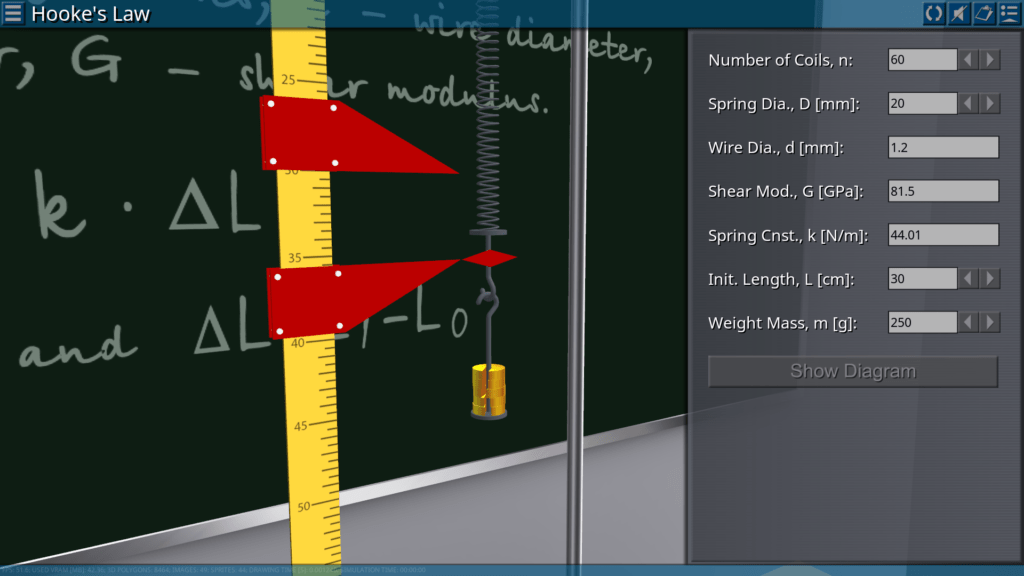)
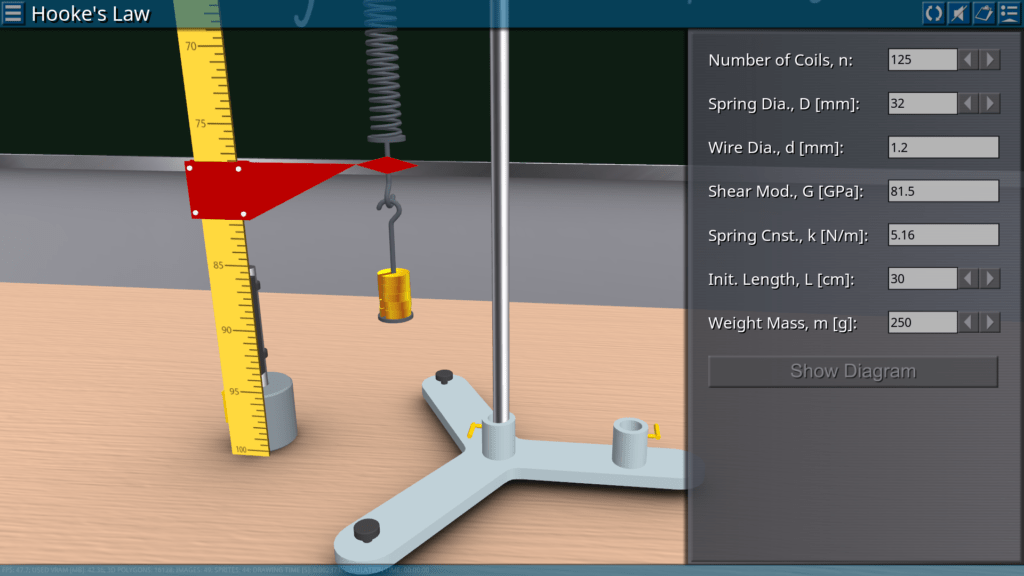)
)
)
)
Goals: measurement of the balancing force of the lever depending on the applied weight and the distance between the weight and the point of support of the lever for two classes of levers.
)
)
)
)
)
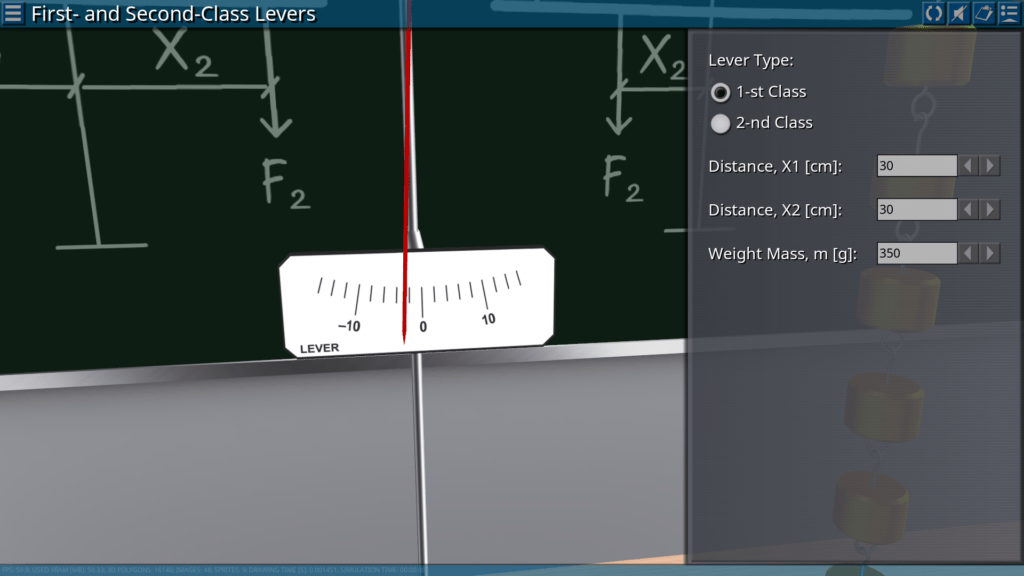)
Goals: determination of the equilibrium state of three arbitrary forces; analytical study of the equilibrium point when two forces are symmetrical.
)
)
)
)
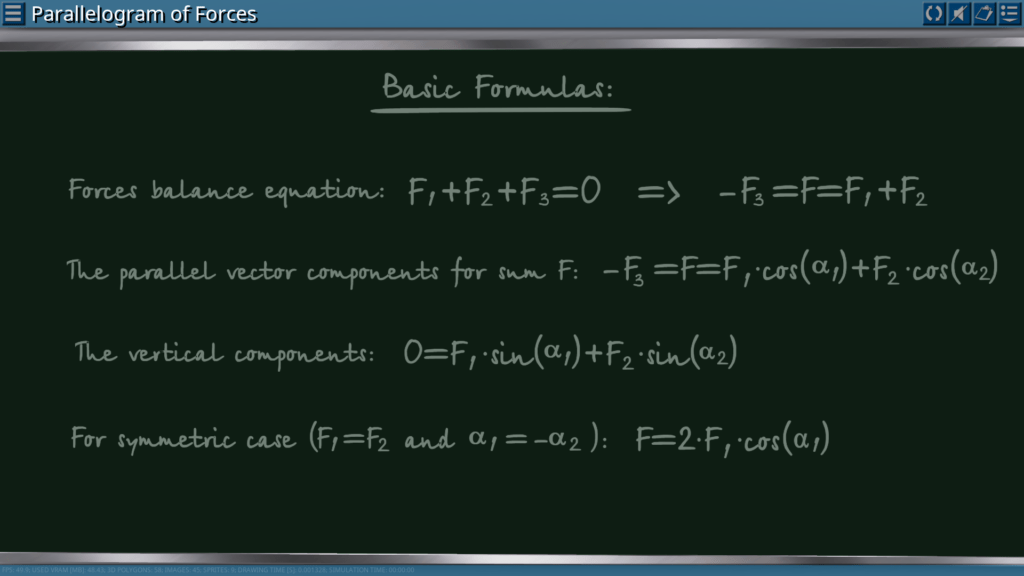)
)
Goals: measurement of individual components of the weight of an object located on an inclined plane, depending on the angle of inclination of the plane; plotting the dependence of the ratio of the parallel component of the gravity force to the body weight on the sinus of the plane inclination angle.
)
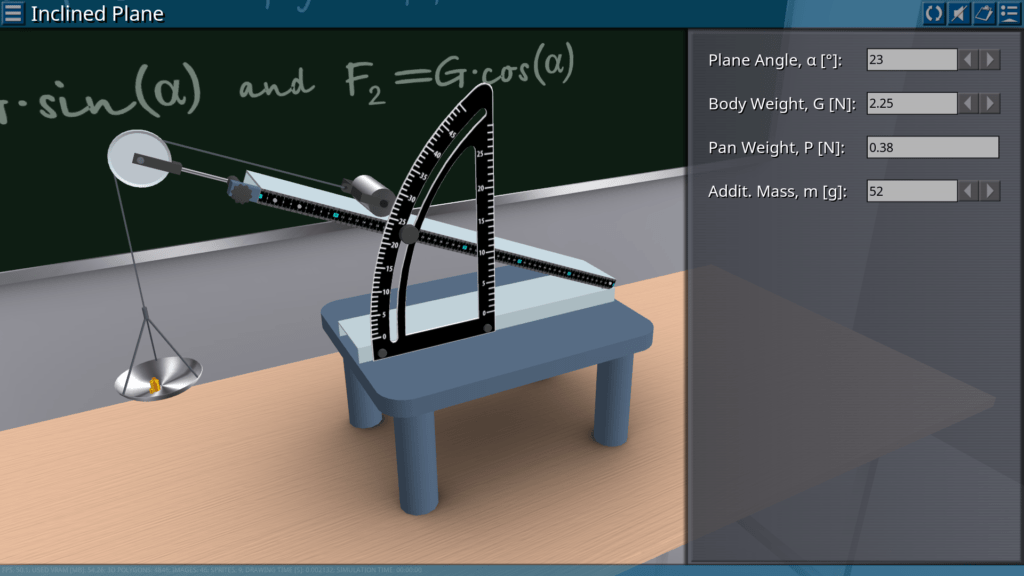)
)
)
)
)
Goals: comparison of static and dynamic friction; measuring the dependence of dynamic friction on the contact area; measurement of the dependence of dynamic friction on the combination of materials; measurement of the dependence of dynamic friction on the force acting along the normal to the inclined surface.
)
)
)
)
)
)
Goals: measurement of the beam deformation profile at different weight positions; measurement of deformation as a function of force; measurement of deformation as a function of length, width and thickness of the beam, and depending on the material, determination of the material elastic modulus.
)
)
)
)
)
)
Goals: determination of the torsional coefficient of a cylindrical rod depending on its length, diameter and material; determination of the shear modulus of the rod material.
)
)
)
)
)
)
Goals: measuring the time during which the sphere descends through an aqueous solution of glycerin depending on the temperature; determination of the dynamic viscosity of a glycerin solution depending on temperature; verification of the Andrade equation and determination of the activation energy.
)
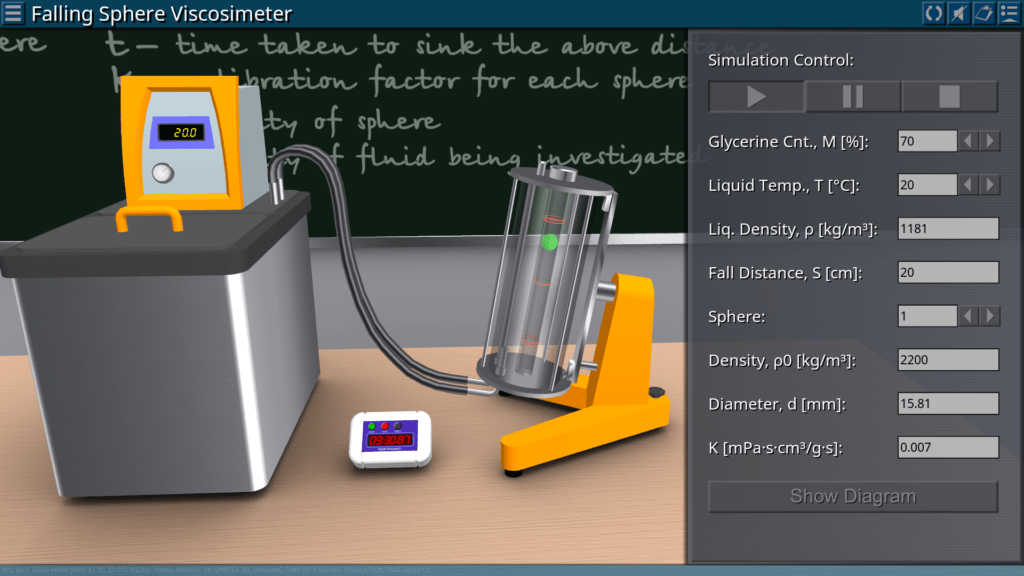)
)
)
)
)
Goals: forming a liquid lamella between the sharpened ring and the surface of the liquid by slowly lifting the ring; measuring the force shortly before the ring separates from the liquid; determination of surface tension from the measured values of the breakout force.
)
)
)
)
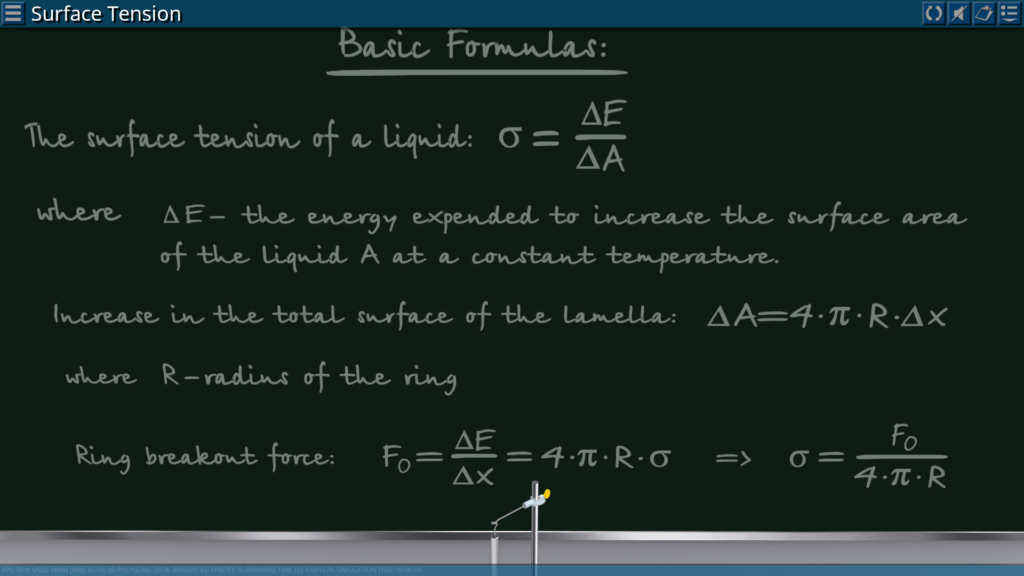)
)
Goals: measuring the force acting on a body immersed in water; determination of the updraught force and confirmation of the proportionality of this force to the depth of immersion of the body; determination of water density.
)
)
)
)
)
)